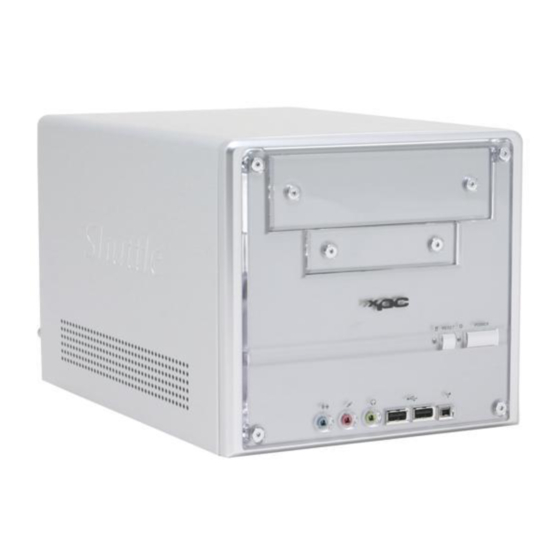
Shuttle XPC User Manual
Hide thumbs
Also See for XPC:
- Product overview (32 pages) ,
- Quick installation manual (2 pages) ,
- User manual (33 pages)
Table of Contents
Advertisement
Quick Links
Advertisement
Table of Contents

















Need help?
Do you have a question about the XPC and is the answer not in the manual?
Questions and answers
I **** encountering the following error message when trying to access a file on my PC: c-users-shuttle-xpc-desktop/hub.crv Code 1 What does this mean and how I can fix it?